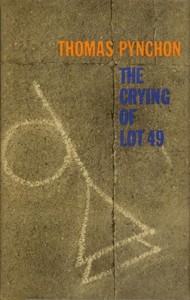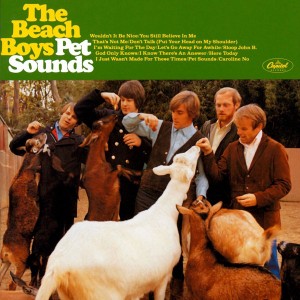This short article published on the heels of the publication of V., Pynchon’s first novel, describes and clarifies his so-called “reclusiveness.”
New York Post – 29 April 1963
Success is elusive and so is Thomas Pynchon now that he’s found success.
Pynchon won wide critical acclaim with this month’s publication of his bizarre first novel, “V.” He is now living in Mexico, but no one is quite sure where.
Pynchon’s publisher, J. B. Lippincott, says, “We used to give out his Mexico address, but he wrote and asked us not to. Now we don’t really know where he is.”
His mother, wife of Oyster Bay Town Supervisor Thomas Pynchon, denied that her son had become a recluse. She said: “He is still a member of the family. We haven’t seen him for three years, but he still calls and writes.”
A college friend said: “He isn’t anti-social. It’s just that he loathes personal publicity. He feels the book is the thing.”
No Lion in College
Pynchon is not alone in his belief that the book and not the author should be publicized. J. D. Salinger’s unavailability has itself attracted wide publicity. Nor is John Updike fond of being a public figure.
Actually, Pynchon’s reticence is not recent. While in college, a friend remembers, he was “not the kind of person who stays in the classroom.
“He would just go home and write amazing papers.”
“He was always a kind of an individualist,” his mother said. “When he decided to do something he just went off and did it.”


